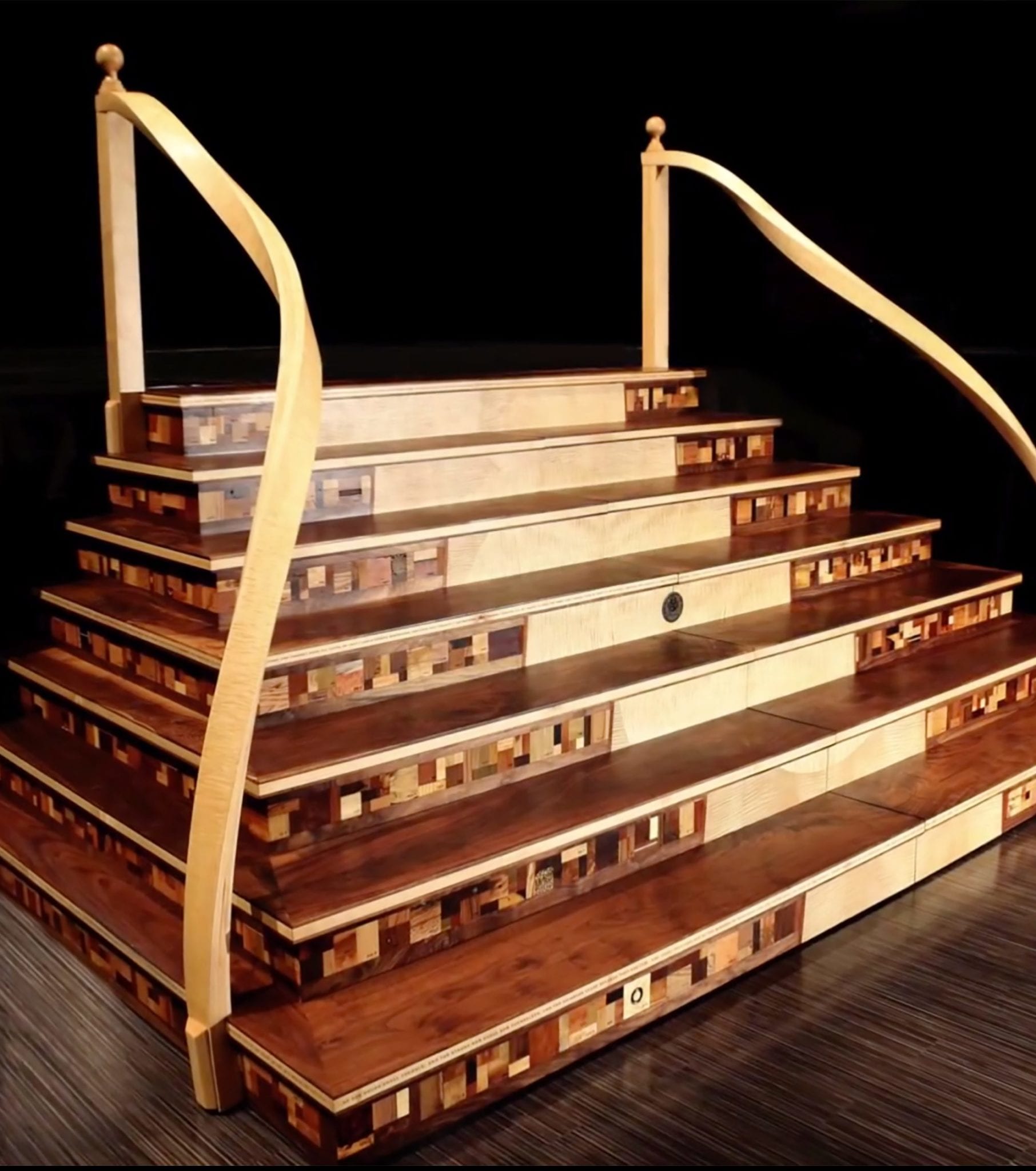
The Etsy Crew
How today’s makers are keeping the Masonic artistic tradition alive—with some twists.
Every fall at Annual Communication, as the grand master prepares for the busy year ahead, he’s faced with the sizeable task of articulating the theme which will both guide his administration and, ultimately, define its legacy.
And it needs to fit on a lapel pin.

Although the precise provenance of the grand master pin tradition is unclear, it’s one that’s taken off over the past few decades—and one incoming officers look forward to keenly, even years in advance. On top of embodying their personal history and goals, the pins can serve as a subtle clue to fellow Masons and prospects. “It generates a conversation,” says Past Grand Master Stuart A. Wright. “People see it and start to ask questions about the fraternity and what we do.”

Wright’s pin, which he strategically refers to as an “action pin,” is designed specifically to be just that: a call to action for members and non-members alike. The phrase I Make a Difference, together with the gold square and compass and three shining jewels, all above the Masonic values of brotherly love, relief, and truth, work together to communicate what the fraternity means to Wright—and by extension, to whoever dons it.
“Making a difference and articulating our values to a broader public is an important part of my priorities for the year,” Wright says. “I wanted our values to be front and center.”
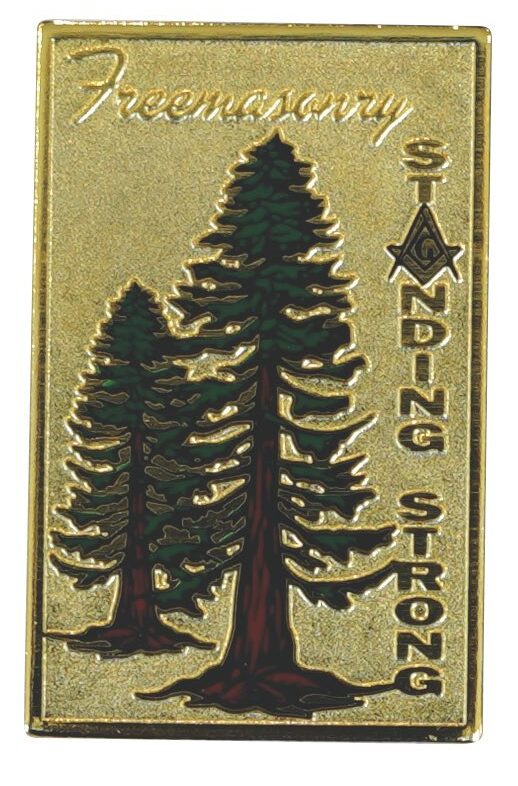
Though there are no hard and fast rules governing a pin’s design, Past Grand Master Richard Wakefield Hopper says there are a few things to consider: “If you’re going to put an emblem on it, you want it to be big enough that it’s recognizable and readable, but not too big,” he says. “You don’t want to wear a playing card on your shirt.” For his own pin, Hopper settled on a simple design featuring a pair of sequoia trees and the phrase Standing Strong. “I live in Visalia, the gateway to the giant sequoia trees,” Hopper says. “The giant sequoia tree never stands alone. And that’s like Masonry. We have to stand as a body of men who believe in what we teach and learn.”

For Past Grand Master Frank Loui, whose theme was Connect, Communicate, and Commit, the choice seemed obvious: “I was born and raised in San Francisco, so I used the Golden Gate Bridge,” he says. Too easy? Apparently not: As iconic a structure as the bridge is, it had somehow never adorned a grand master’s pin before Loui’s turn.
Like Hopper and Loui, Past Grand Master M. David Perry chose to pay homage to his hometown on his pin. Below the words Rise and Build, grapes rest upon the square and compass, signifying both his Napa Valley roots and the symbolism of grapes to Masonic tradition. The pin was especially meaningful for Perry because it was designed by his son Nicholas, then a student at the San Francisco Art Institute.
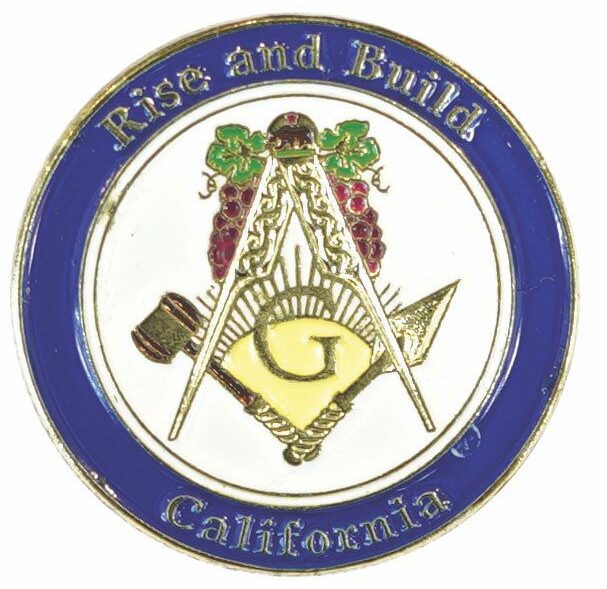
Designing the pin seemed to spark an interest in the younger Perry, and shortly after finishing it, Nicholas petitioned to join. “I think it gave him the chance to think about Freemasonry a little bit differently,” Perry says. It’s in moments like those that these coin-sized adornments transcend their purpose, Perry says. Traditions are passed down, and—hopefully—conversations are started.
PHOTO CREDIT: Satyam Shrestha

How today’s makers are keeping the Masonic artistic tradition alive—with some twists.
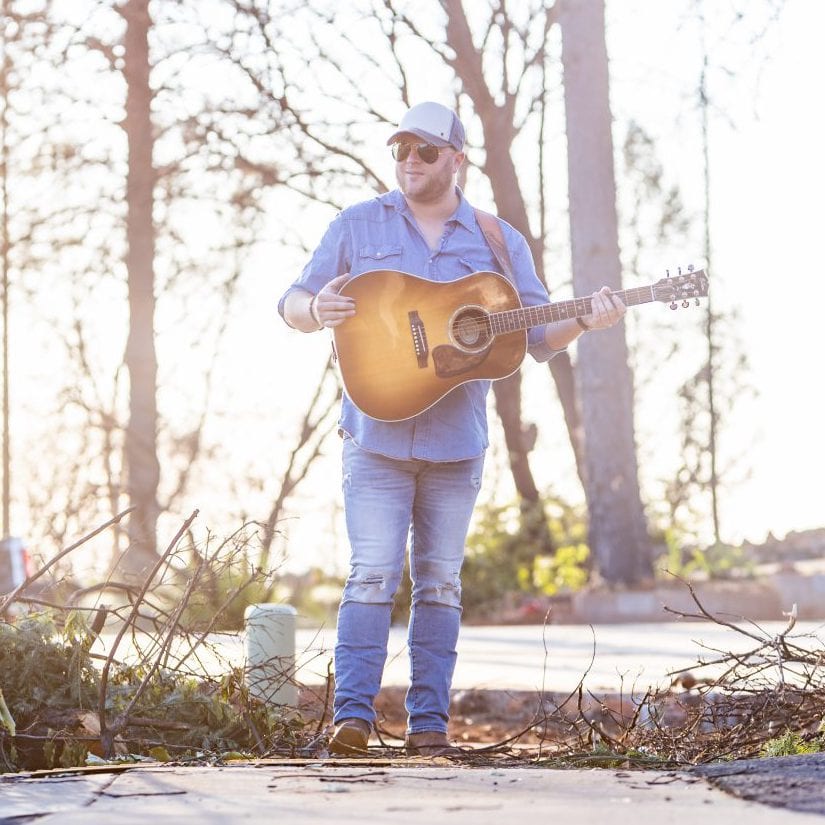
Musician Nate Smith of Table Mountain Masonic Lodge No. 124 in Paradise, California, turns loss into inspiration—and a fresh start.
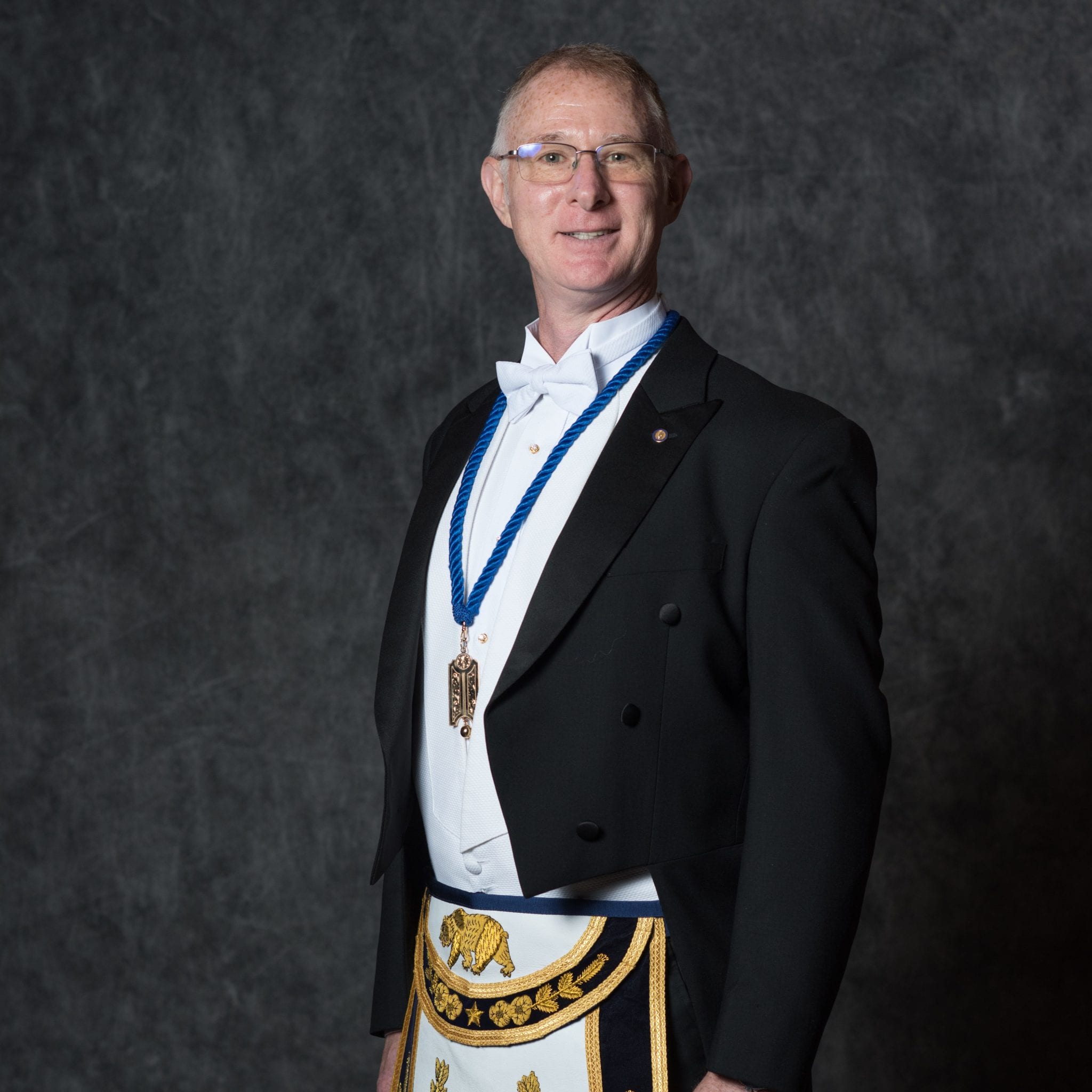
Folk art has long provided Masons with a creative outlet through which they can share their craft, inspire pride, and provide joy, says Junior Grand Warden Jeff Wilkins.